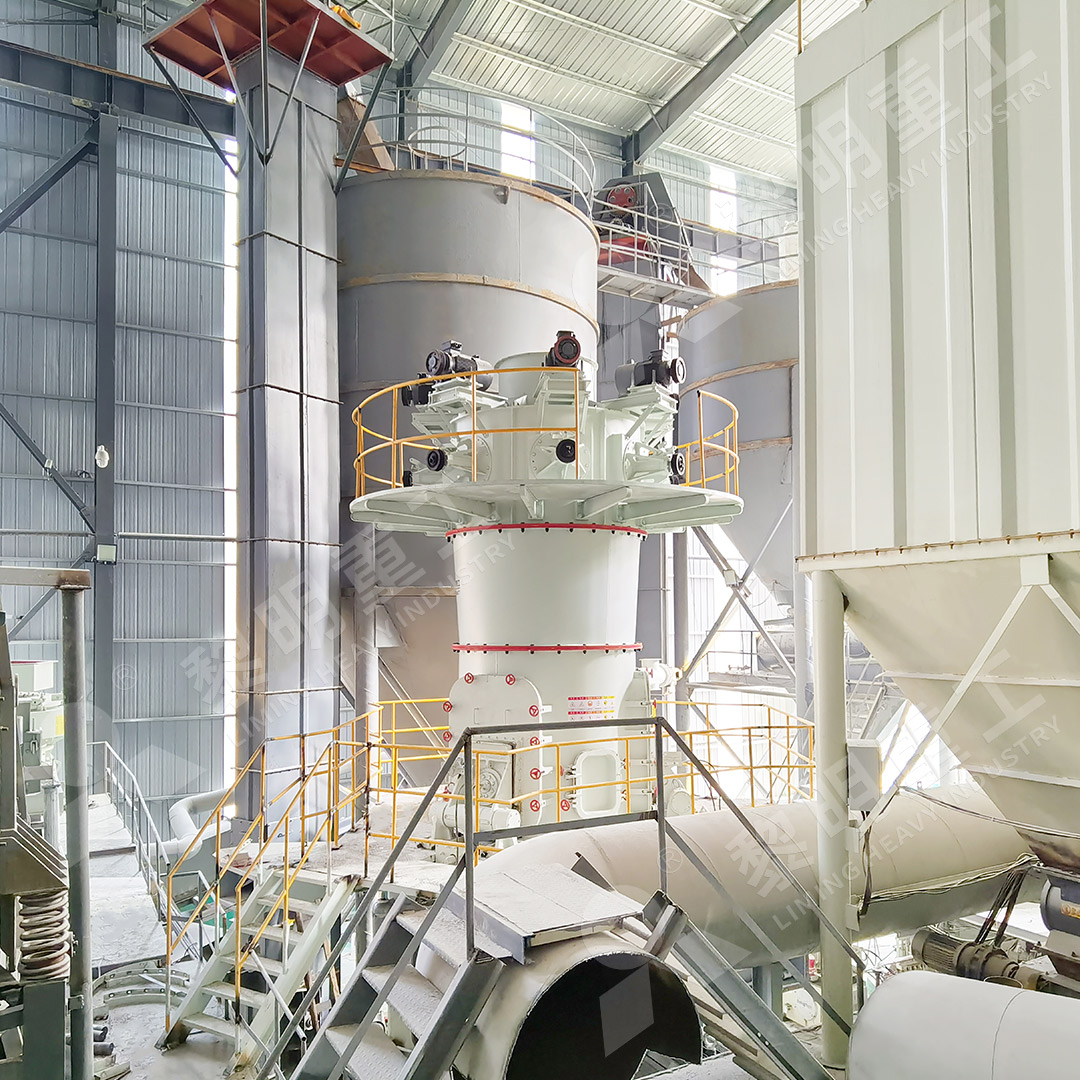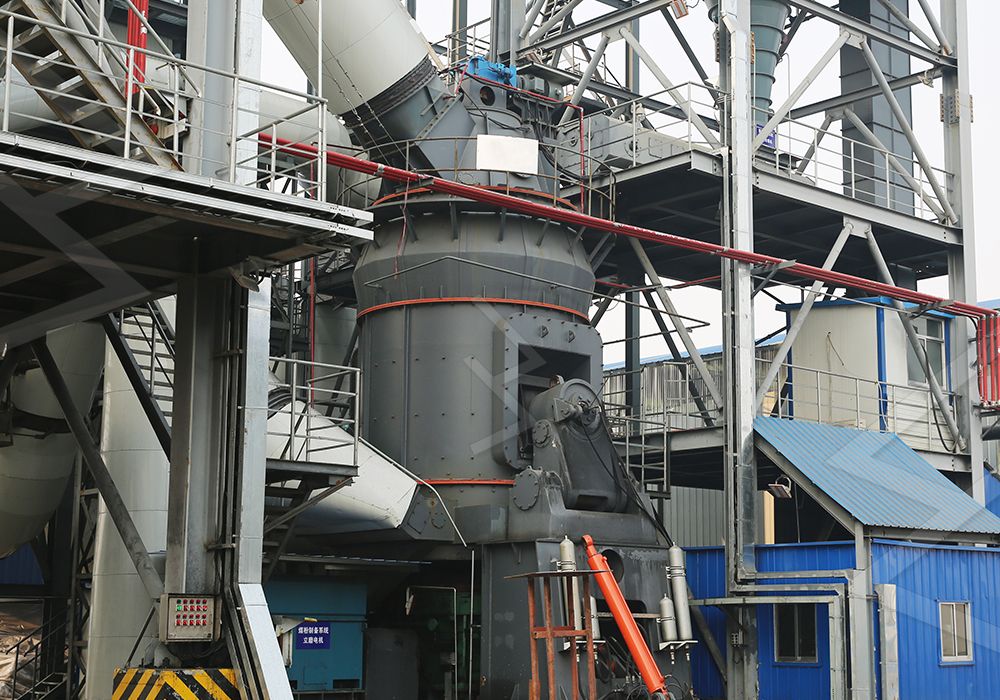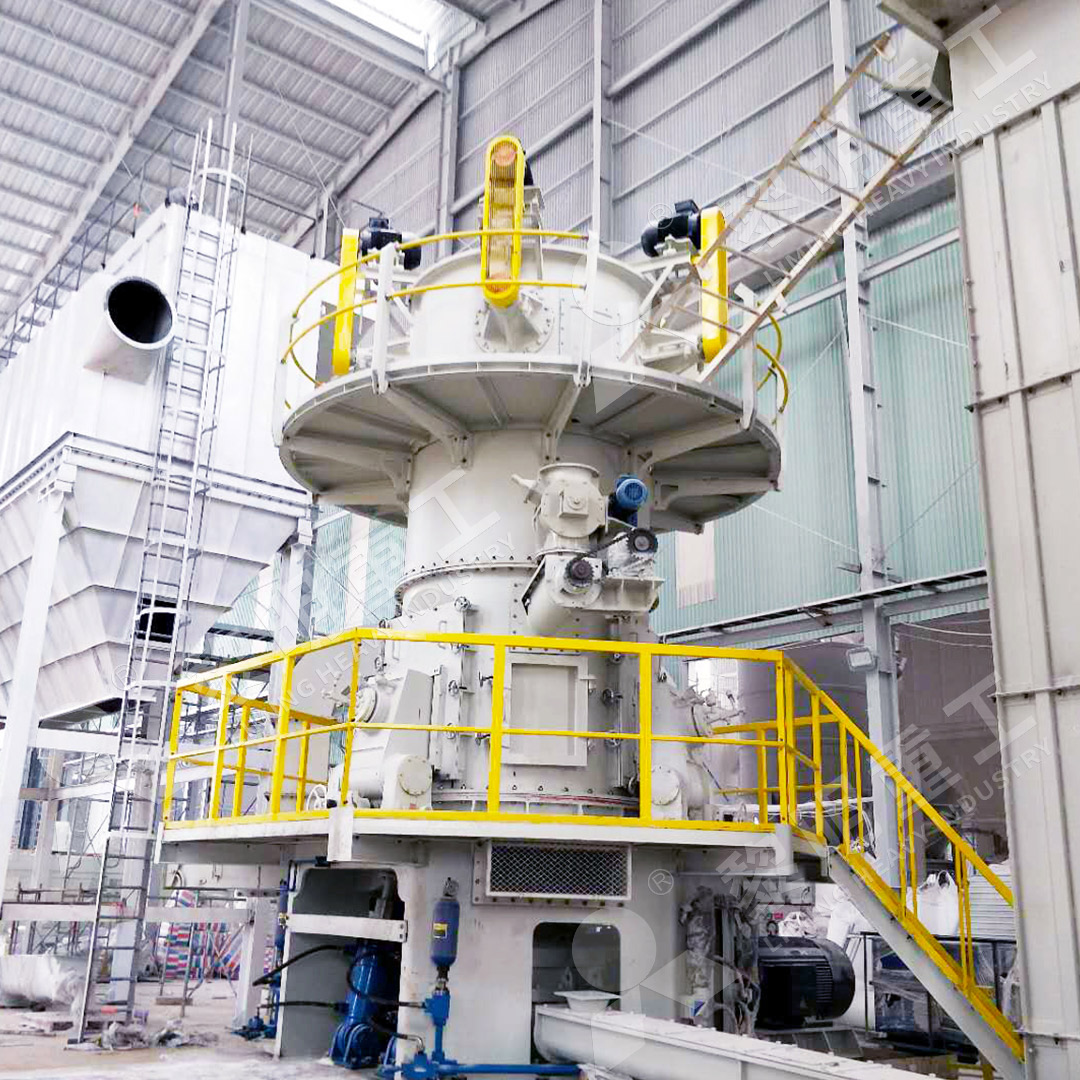Steel Slag Vertical Roller Mill for Efficient Grinding in Steel Plants
Revolutionizing Steel Slag Processing with Advanced Grinding Technology
In modern steel production facilities, the efficient handling and processing of steel slag has become a critical operational consideration. Steel slag, a byproduct of steel manufacturing, presents both environmental challenges and economic opportunities when processed correctly. Traditional grinding methods often fall short in meeting the demanding requirements of contemporary steel plants, where space constraints, energy efficiency, and environmental compliance are paramount concerns.

The transformation from conventional ball mills to advanced vertical roller mill technology represents a significant leap forward in steel slag processing. These sophisticated grinding systems offer substantial advantages in terms of energy consumption, footprint reduction, and operational efficiency. Unlike traditional approaches that require multiple processing stages, modern vertical mills integrate crushing, drying, grinding, and classification into a single, streamlined operation.
Technical Advantages of Vertical Roller Mills for Slag Processing
Vertical roller mills specifically designed for steel slag applications demonstrate remarkable performance characteristics. The unique grinding mechanism, where material is crushed between rotating rollers and a stationary grinding table, creates optimal conditions for processing abrasive materials like steel slag. This design minimizes metal-to-metal contact, reducing wear on critical components and extending operational lifespan.
One standout solution in this category is the LM Vertical Slag Mill, which has been specifically engineered for industrial waste grinding applications. With a capacity range of 7-100 T/H and handling input sizes of 38-65mm, this system integrates drying, grinding, powder selection, and conveying in a single unit. The mill’s compact design reduces the covered area by approximately 50% compared to traditional ball milling systems, while simultaneously cutting energy consumption by 30-40%.

Environmental and Economic Benefits
The environmental advantages of vertical roller mill technology extend beyond mere energy savings. Modern systems incorporate advanced dust collection and noise reduction features that help steel plants meet stringent environmental regulations. The closed-system design prevents dust emissions, while specialized noise reduction technologies maintain workplace safety standards.
From an economic perspective, the ability to transform steel slag into valuable construction materials creates new revenue streams while reducing waste disposal costs. The finely ground slag powder can be used in cement production, concrete manufacturing, and various construction applications, turning what was once considered waste into profitable byproducts.
Operational Reliability and Maintenance Considerations
Steel plant operations demand equipment that can withstand continuous, heavy-duty use with minimal downtime. Vertical roller mills address this requirement through robust construction and intelligent maintenance features. The LM Vertical Slag Mill incorporates high-performance wear-resistant materials in critical components, ensuring extended service life even when processing abrasive steel slag.
The mill’s design facilitates easy access to wearing parts, with specialized features that allow for quick replacement of grinding elements. This maintenance-friendly approach, combined with comprehensive technical support and original spare parts availability, ensures worry-free operation in demanding steel plant environments.

Frequently Asked Questions
What makes vertical roller mills more suitable for steel slag grinding compared to traditional ball mills?
Vertical roller mills offer significantly higher energy efficiency, reduced footprint, integrated drying capabilities, and better control over product fineness. The specific design of mills like the LM Vertical Slag Mill reduces energy consumption by 30-40% while occupying 50% less space than equivalent ball mill systems.
How does the LM Vertical Slag Mill handle the abrasive nature of steel slag?
The mill incorporates specially developed wear-resistant materials in high-abrasion areas, along with an optimized grinding geometry that minimizes direct metal-to-metal contact. The unique grinding bed formation between rollers and table creates material-on-material grinding that reduces wear on mechanical components.
What particle size distribution can be achieved with vertical roller mills for slag processing?
Modern vertical roller mills can produce slag powder with Blaine fineness values exceeding 450 m²/kg, making it suitable for use as a cement additive or concrete mineral admixture. The advanced separator technology allows precise control over product fineness to meet specific application requirements.
How does the integrated drying system work in vertical slag mills?
The mill utilizes hot gases introduced at the grinding table level to simultaneously dry and grind moist slag materials. This integrated approach eliminates the need for separate drying equipment, reducing both capital investment and operational costs.
What environmental benefits do vertical roller mills provide for steel plants?
These systems operate under negative pressure, preventing dust emissions, and incorporate efficient baghouse filters to ensure clean exhaust air. Additionally, the significant reduction in energy consumption directly translates to lower carbon emissions, supporting steel plants’ sustainability goals.
